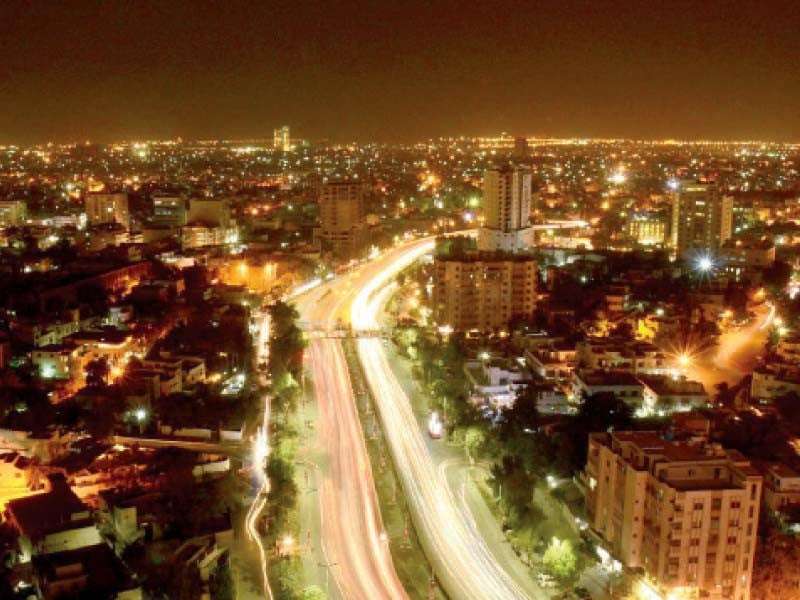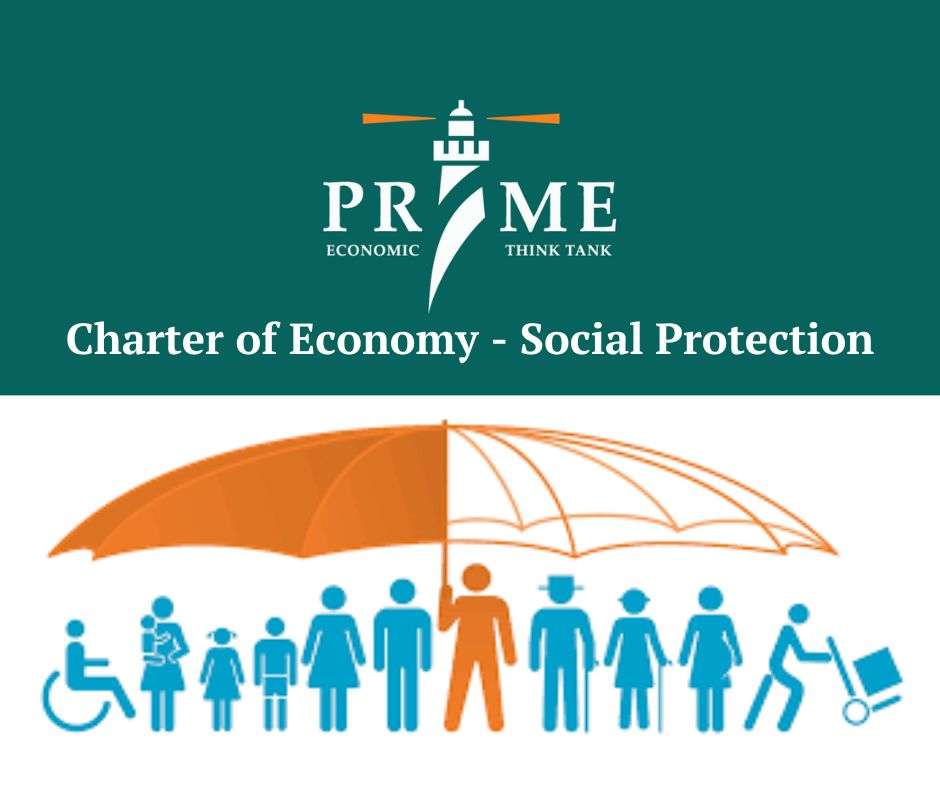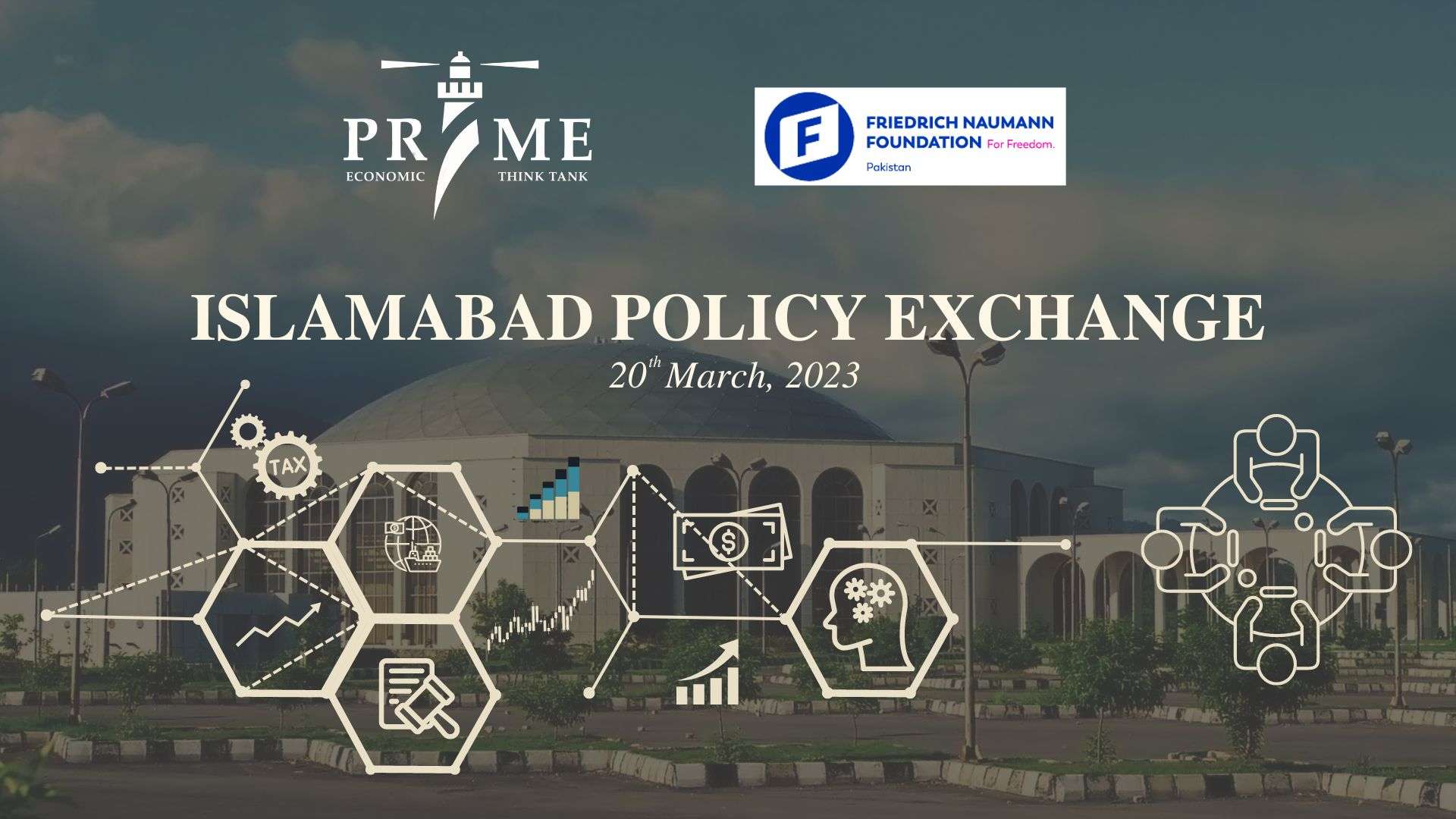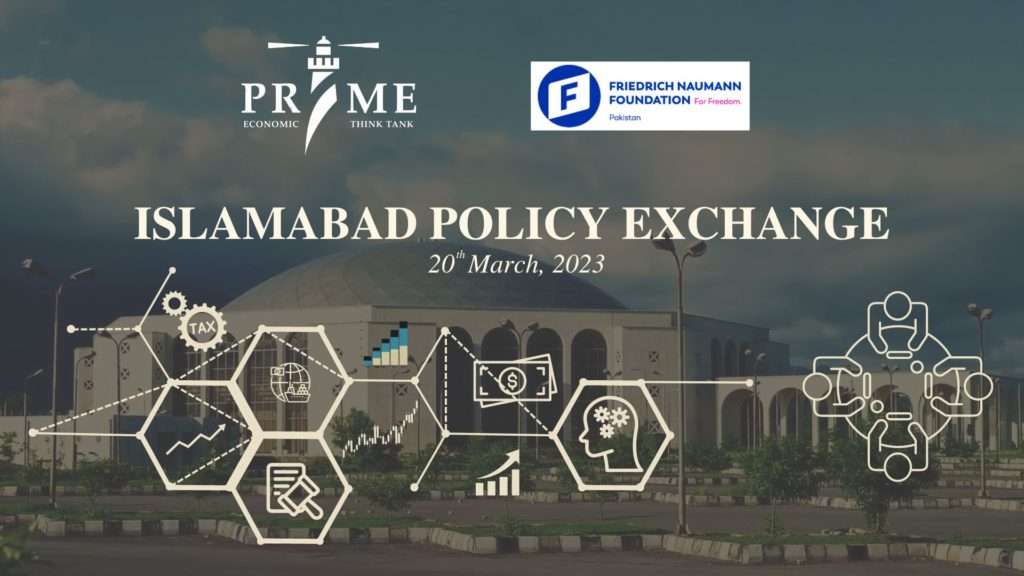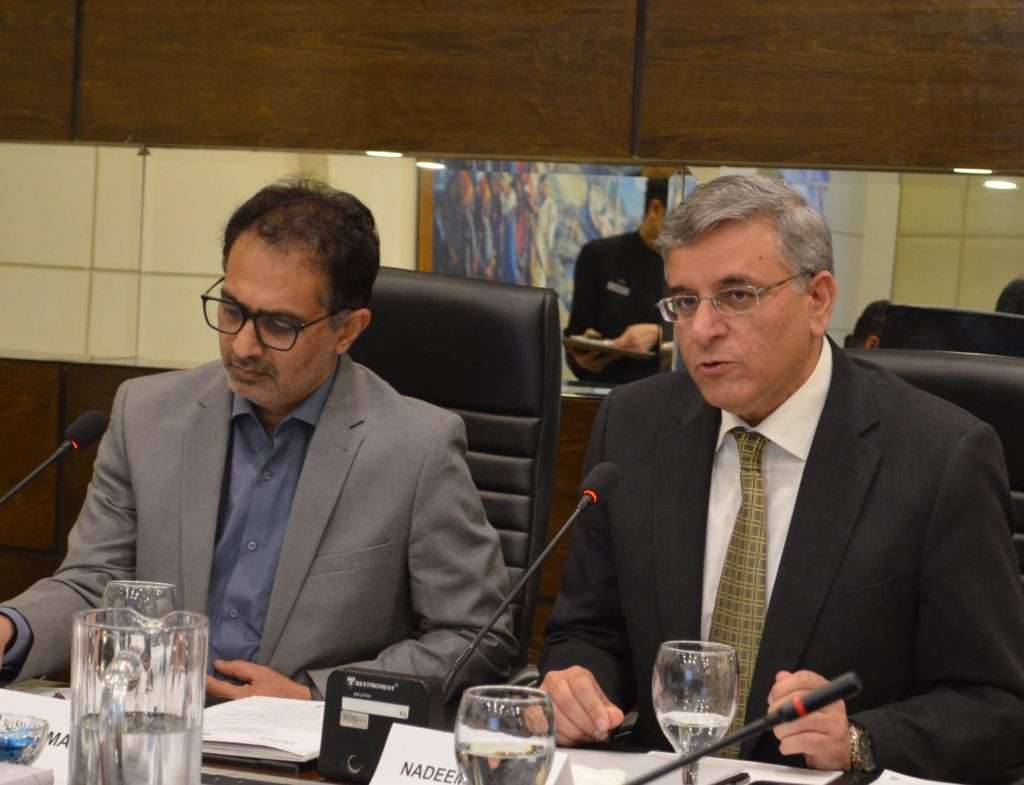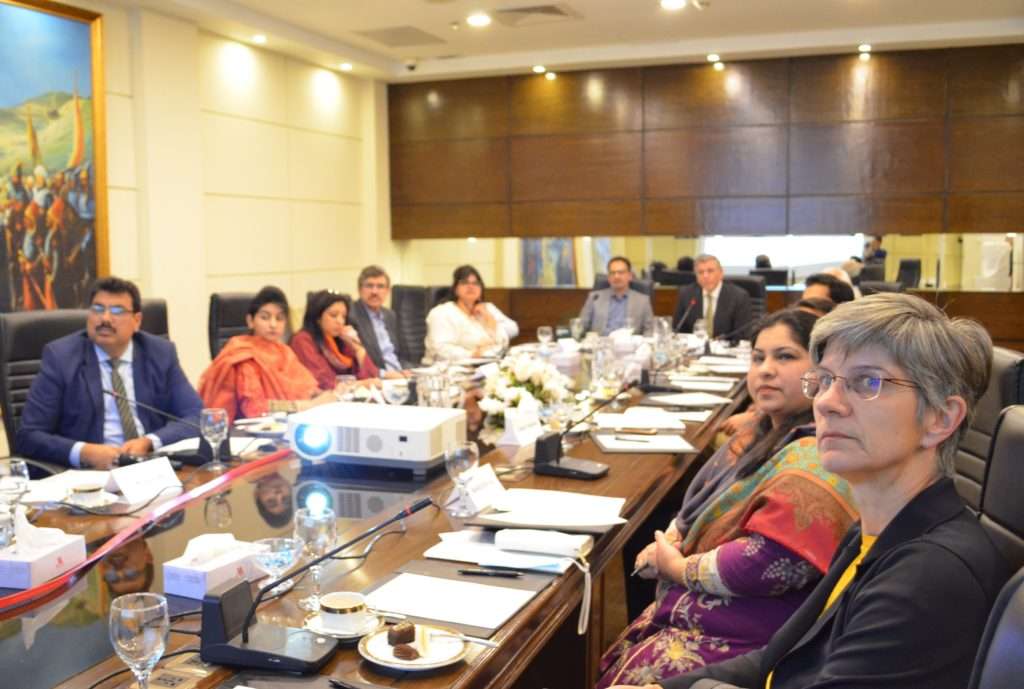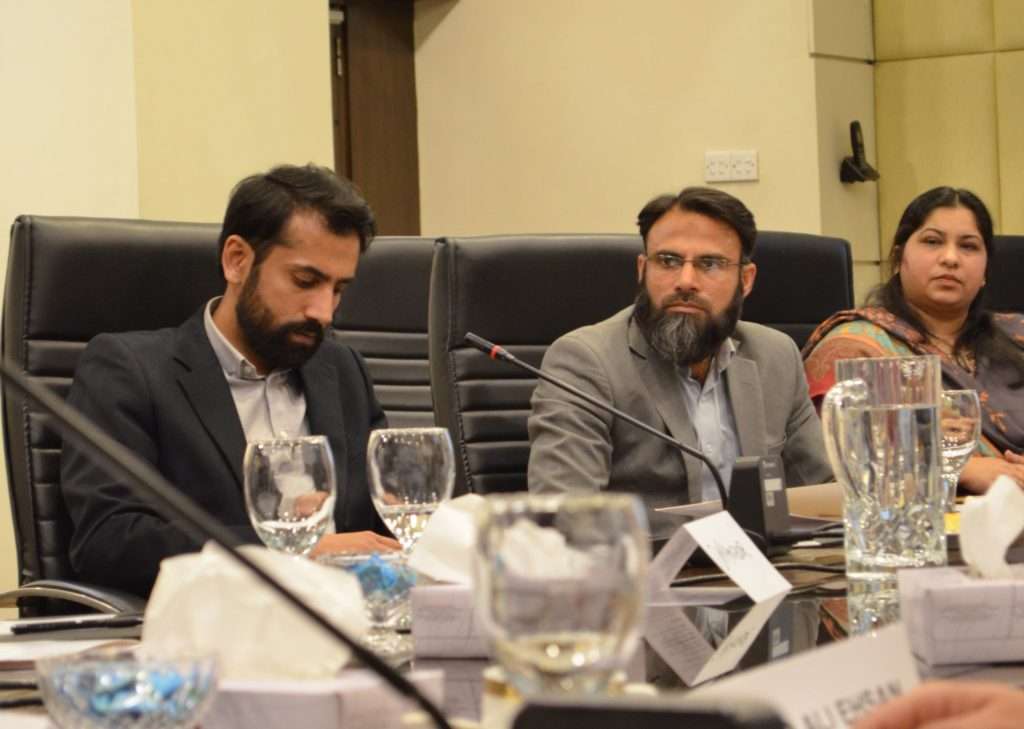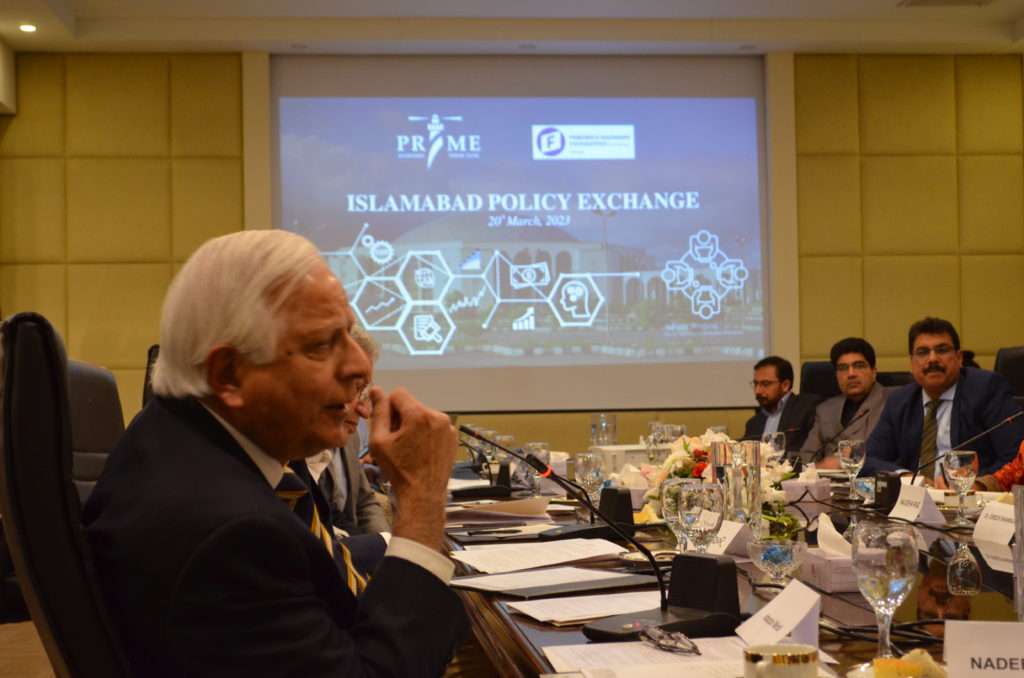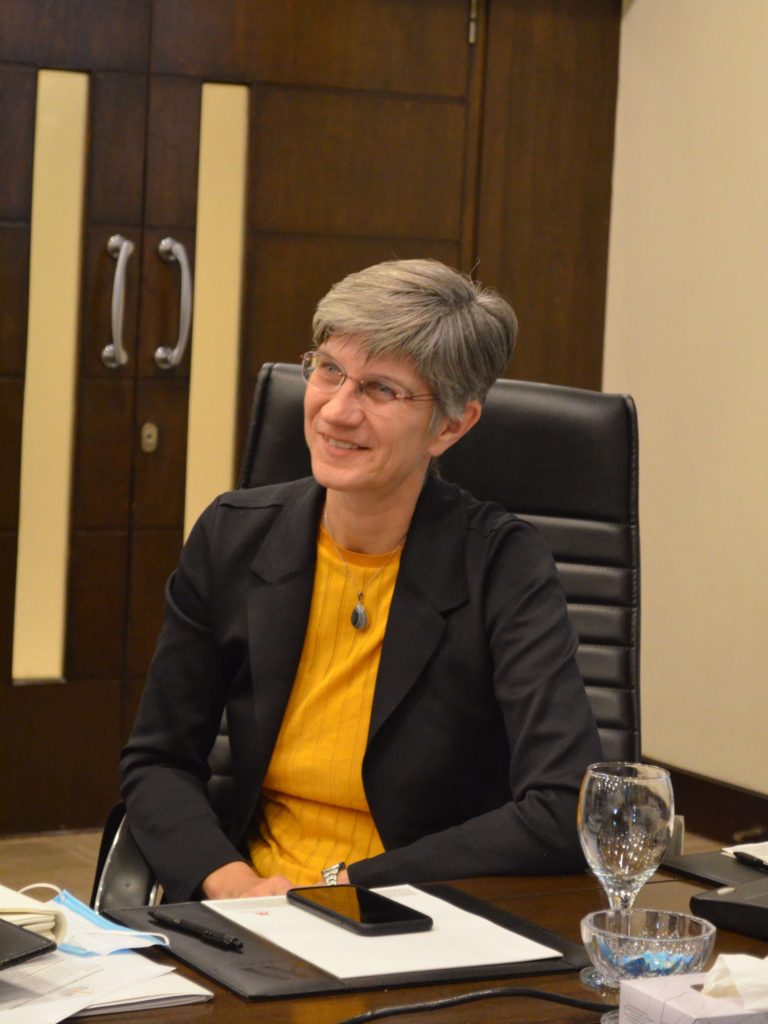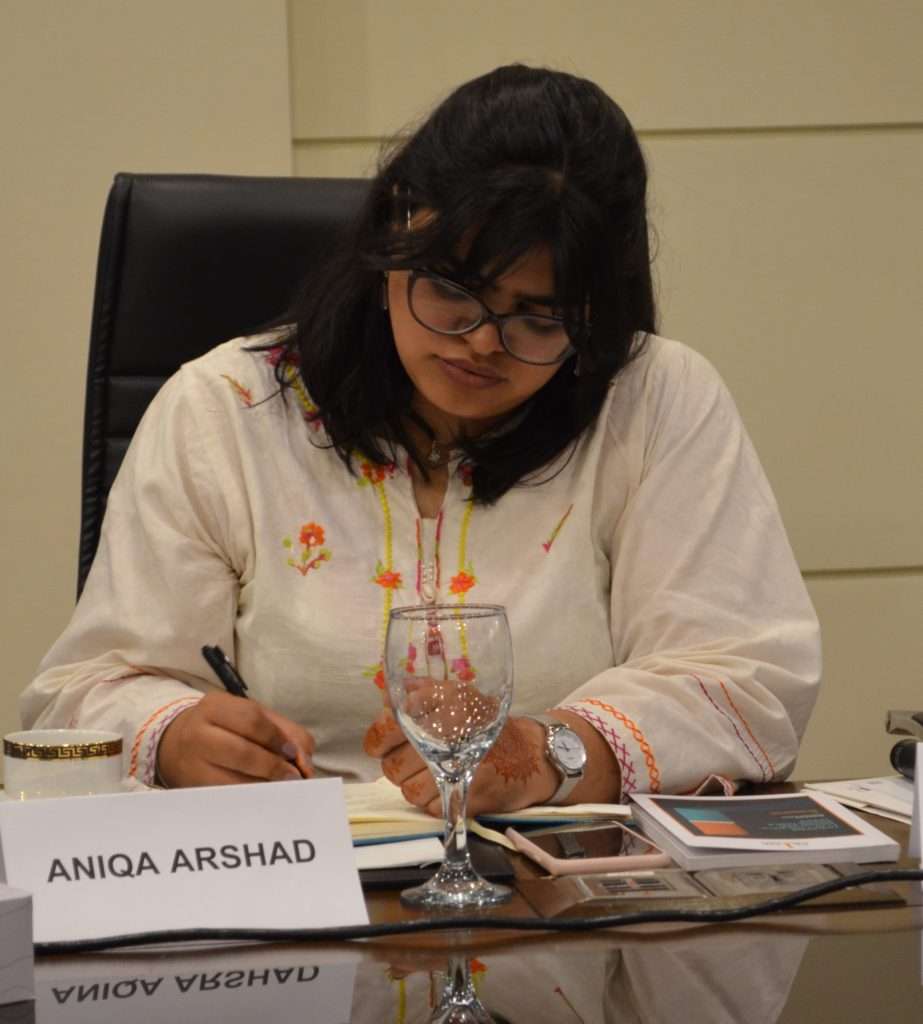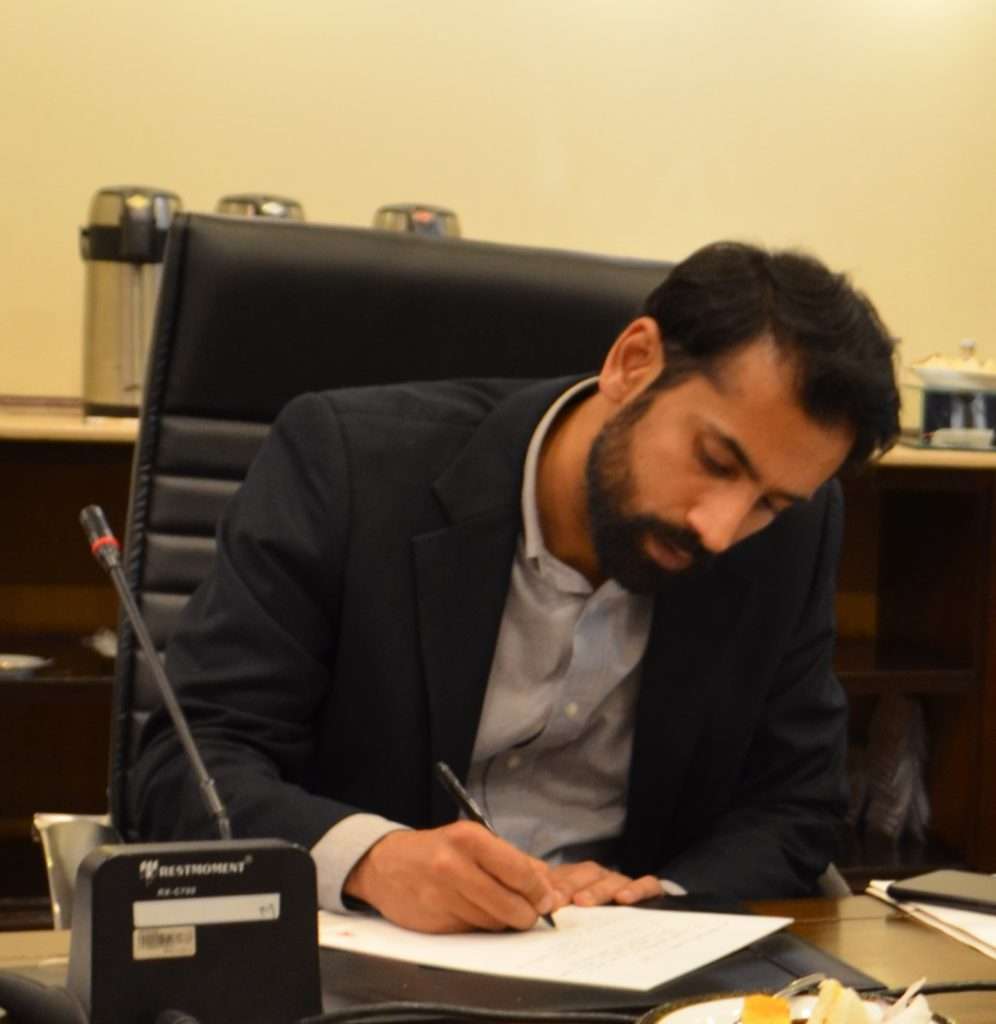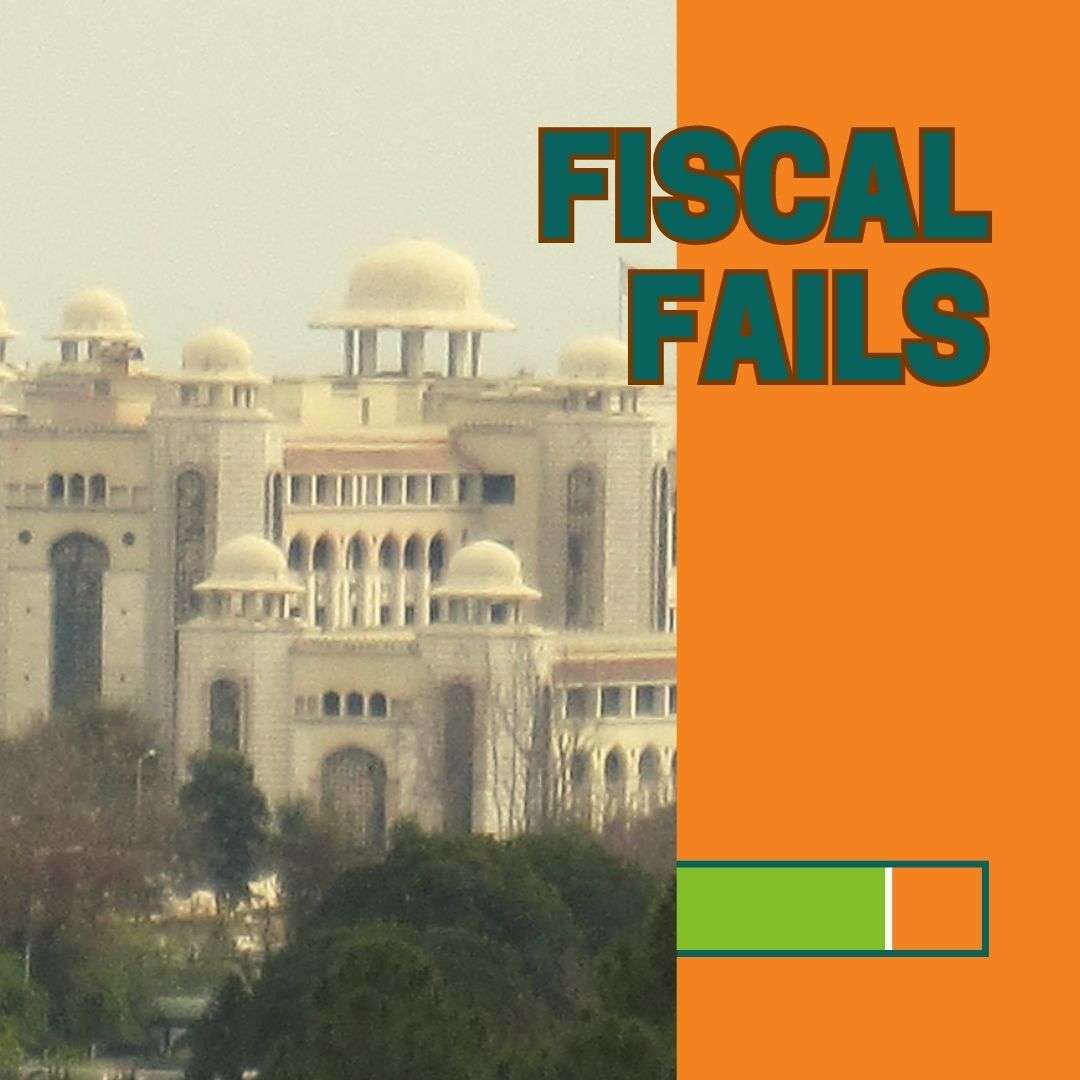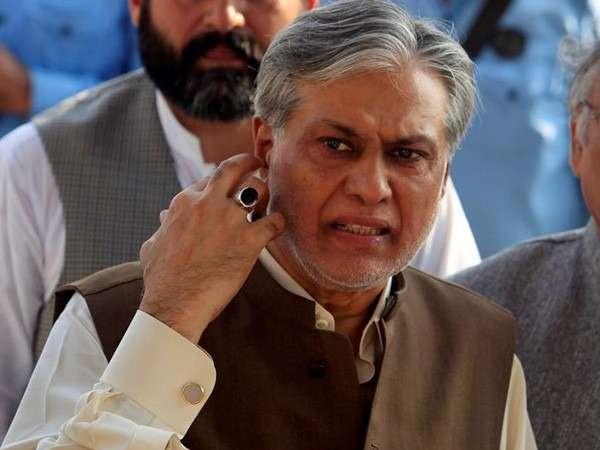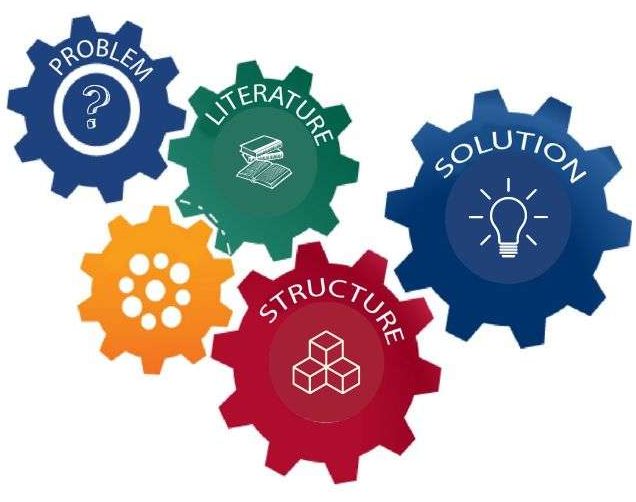Why do we need Charter of Economic Stability?
If political parties want to win trust of private sector then they will have to agree on rules of economic governance
Ali Salman | April 25, 2023
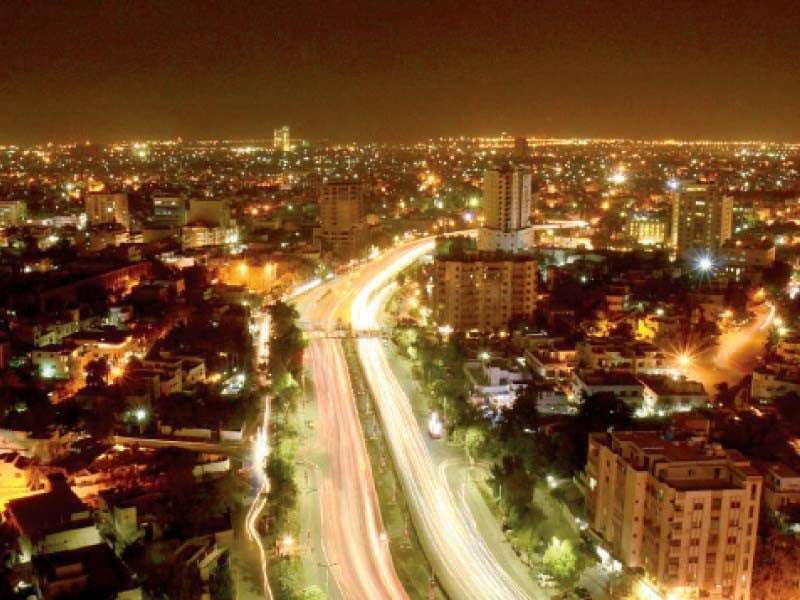
In his recent public speech, Pakistan’s prominent economist and institutional reforms advocate Dr Ishrat Husain claimed that all major political parties have broadly similar economic manifestos, and they already agree on economic policies such as progressive taxation, open trade and privatization.
The implication is that there is no need for a formal Charter of Economy to be signed by political parties and therefore all they need to do is to focus on implementation. While this is an appealing argument in the first look, there is a basic problem.
Before they signed the Charter of Democracy, Pakistan Peoples Party (PPP) and Pakistan Muslim League-Nawaz (PML-N) also had written commitment to democratic principles and people’s right to choose their government. However, in practice, they were actively engaged in dislodging the other party by unconstitutional moves throughout the 1990s culminating in the Martial Law in the end.
Once they developed an agreement on democratic practices, by signing the Charter of Democracy in 2006, they actually changed their behaviour. Both parties remained firm to this commitment from 2008 to 2018.
Even though their prime ministers were not allowed to complete their terms, it was a result of judicial intervention, which is now widely believed to be politically motivated and backed up by the military establishment.
These parties also developed consensus on transformative constitutional changes such as the 18th amendment. They also fought, successfully, the menace of terrorism.
While all major political parties today may have siilar economic manifestos, in practice, their policies have differed a great deal. This is the root cause of economic instability, which has fed into deepening economic woes for the public and businesses at large.
We can always debate on the merits and demerits of these policies, but clearly major changes were made in short periods of time, causing distress and uncertainty.
This variability, whether driven by good motives or political gains, needs to be significantly reduced, if Pakistan wants any shot at the prospects of economic development. We need to reduce the discretionary powers and develop rules of governance.
A Charter of Economy, narrowly focused on economic governance, provides the platform for developing consensus among political parties to ensure certainty.
If political parties want to win the trust of private sector, which everyone agrees is the primary source of job creation, then they will have to agree on rules of economic governance.
In the absence of this agreement, there is a real chance of erosion of general confidence in the entire political process. Recently statements like boycott of general elections – sans a charter – have been made by prominent business associations of the country.
The basic components for bringing agreement on economic governance should include: public spending, taxation system, monetary policy, state-owned enterprises, and trade policy.
We can’t afford changes in these policies every year. There is no way a country can attract a serious level of investment if major changes are brought in these policies.
PML-N successfully doubled the electricity generation capacity through the IPPs. The Pakistan Tehreek-e-Insaf (PTI) government practically sabotaged this instead of finding ways to improve it and take benefit.
The PTI government launched a new mobile phone assembly policy, which resulted in setting up of 30-plus plants and job creation. Import restrictions by the PML-N shattered the industry.
The PML-N government, in 2017-18, brought down tax rates significantly, which were reversed the very next year by the PTI government. These are just a few examples.
When India started its journey of economic liberalisation in 1989, it never looked back despite sweeping changes in its political landscape over the last three decades. It is now bearing fruit of this certainty.
In the last nine years, India has received close to $500 billion in foreign direct investment (FDI), which is greater than the FDI it received since its independence.
We do need Charter of Economy and develop minimum consensus on rules around public spending, taxation rates and monetary stability. It is in the interest of all major political parties which have stakes in Islamabad to sit down and develop an agreement on these policies.
Then they can go to the electorate and contest in the democratic space based on their leadership credibility. People ultimately vote for credibility and not by reading manifestos.
The Charter of Economy should be developed with debate amongst the academia, think tanks, private sector and politicians, which is not taking place.
Politicians hardly come to deliberations organised publicly for serious debate except for ceremonial addresses. Think tanks and academia remain confined to their comfort zones and talking to each other. Media is driven by either state priorities or corporate interests of the owners.
The space of a structured debate is simply non-existent. A first step can be to organise these debates and create this space. Probably standing committees in the Senate and National Assembly can provide a starting point.
Also, just like political parties are forming committees to deliberate on the election schedule, they should also form such committees to deliberate on Pakistan’s Charter of Economy.

